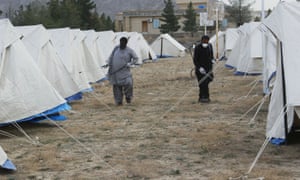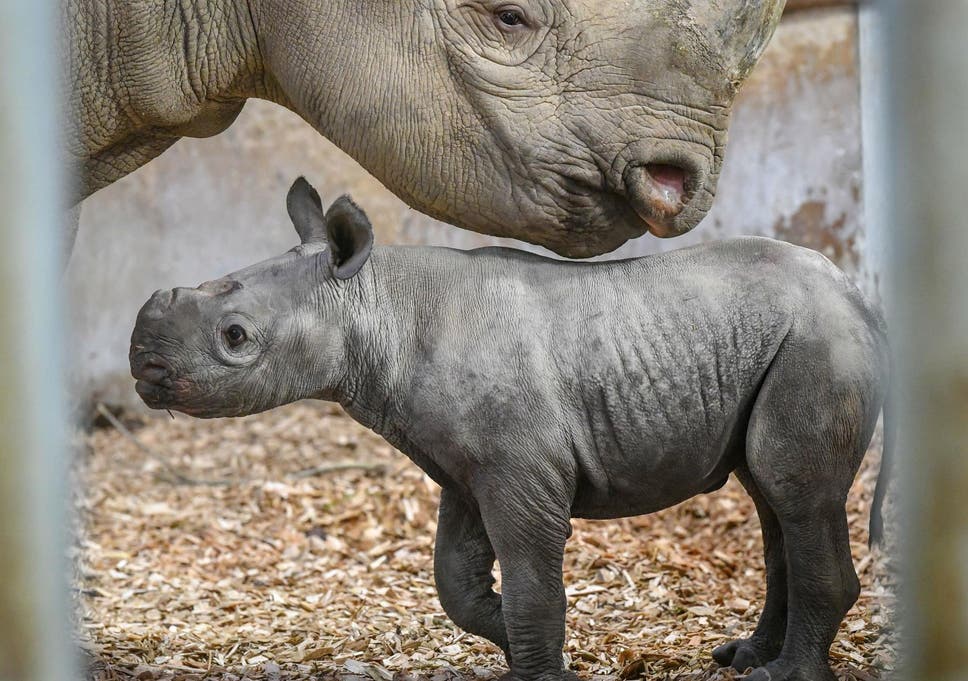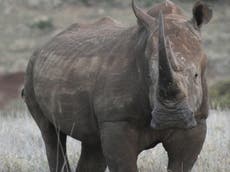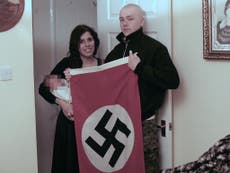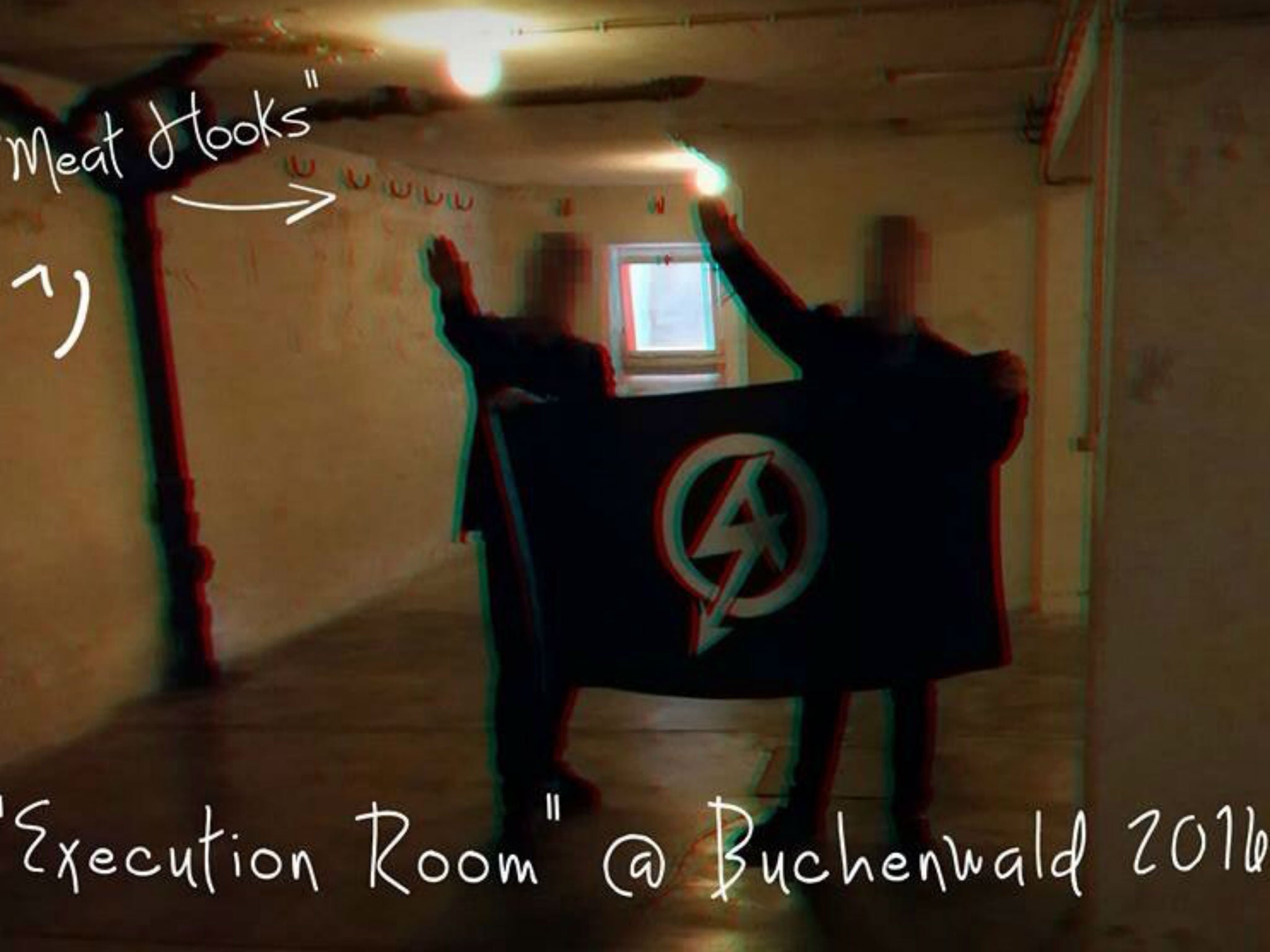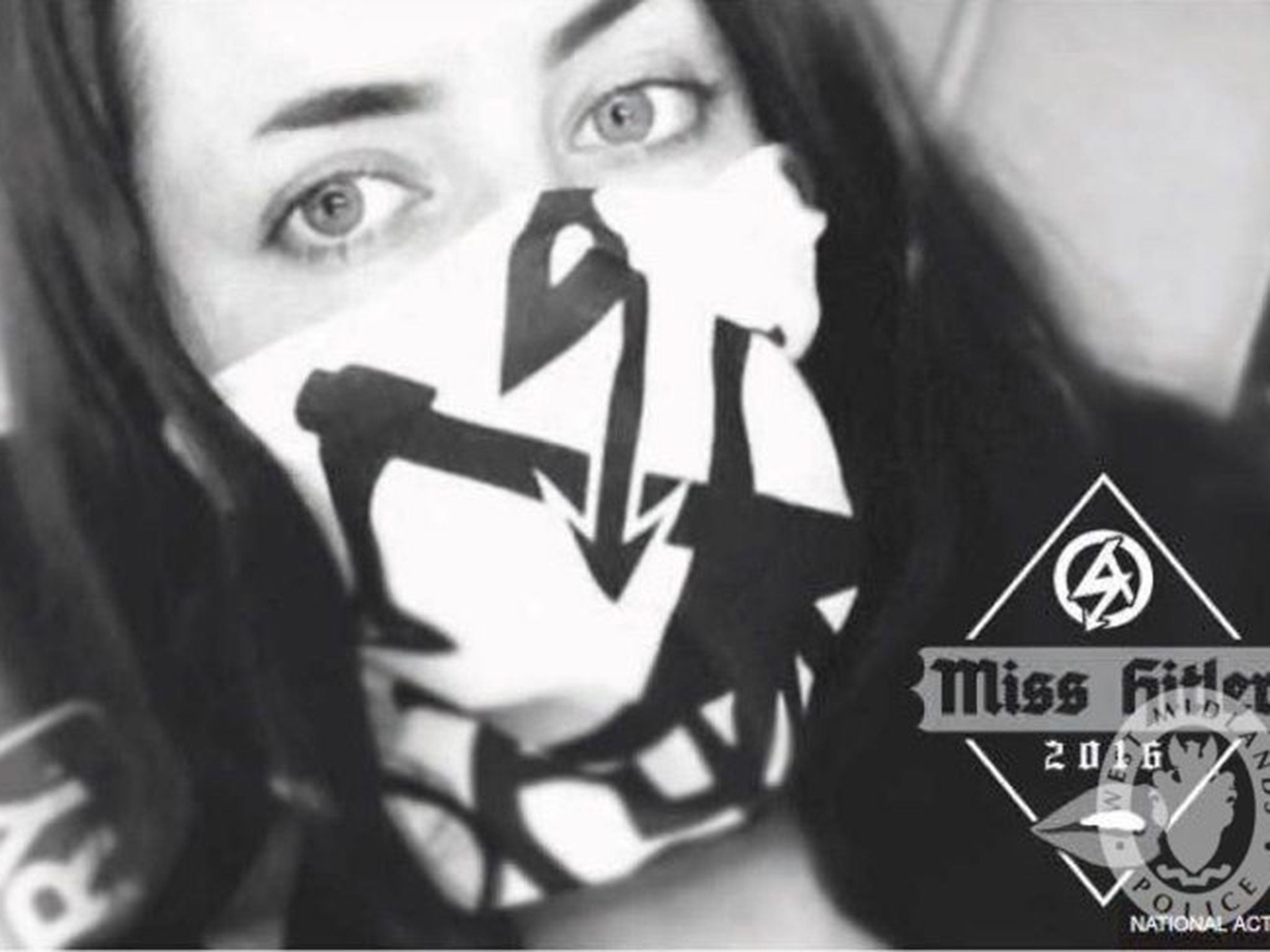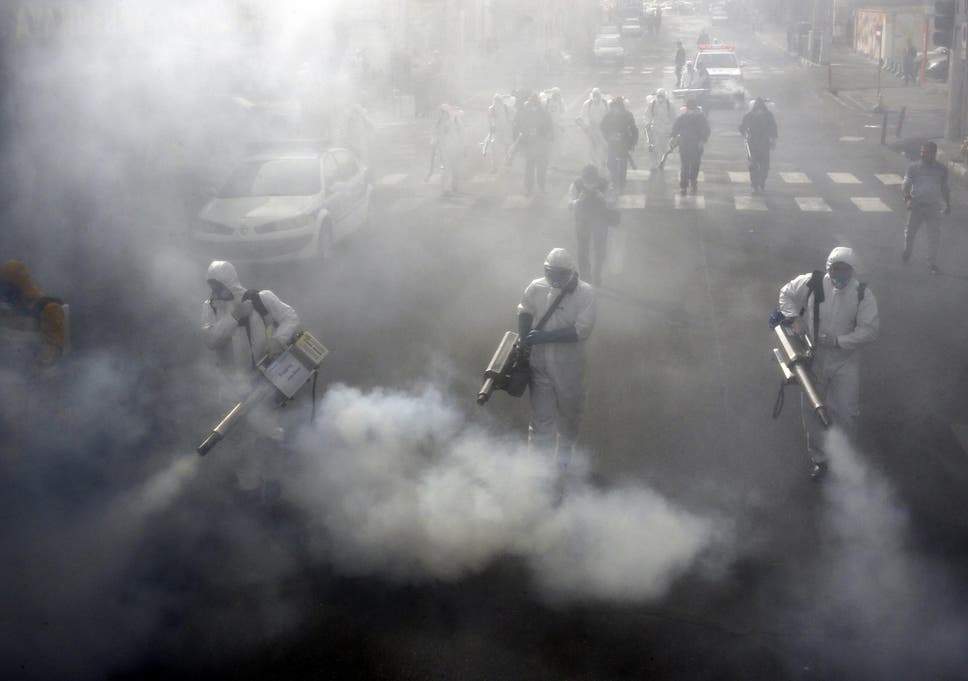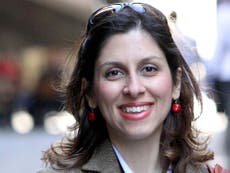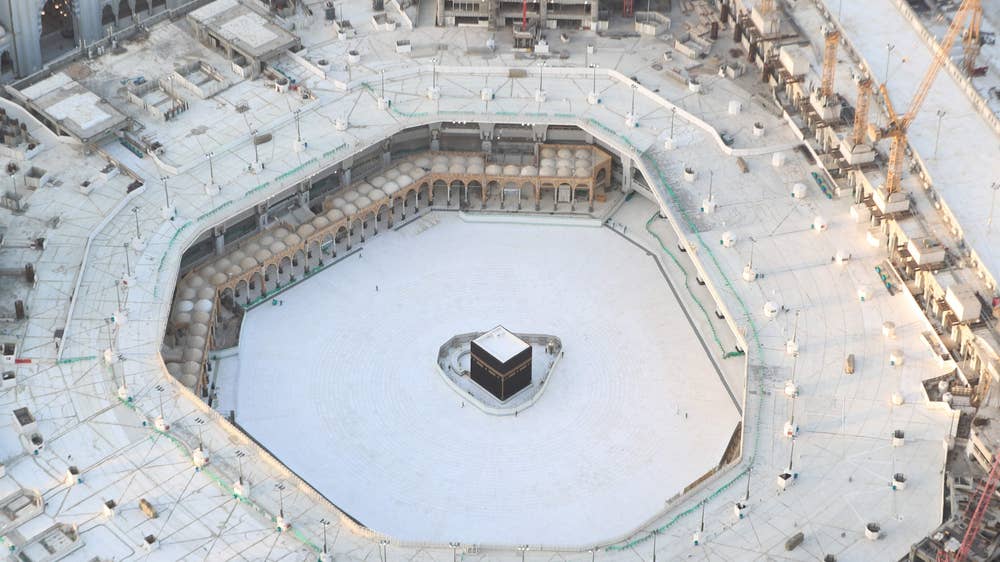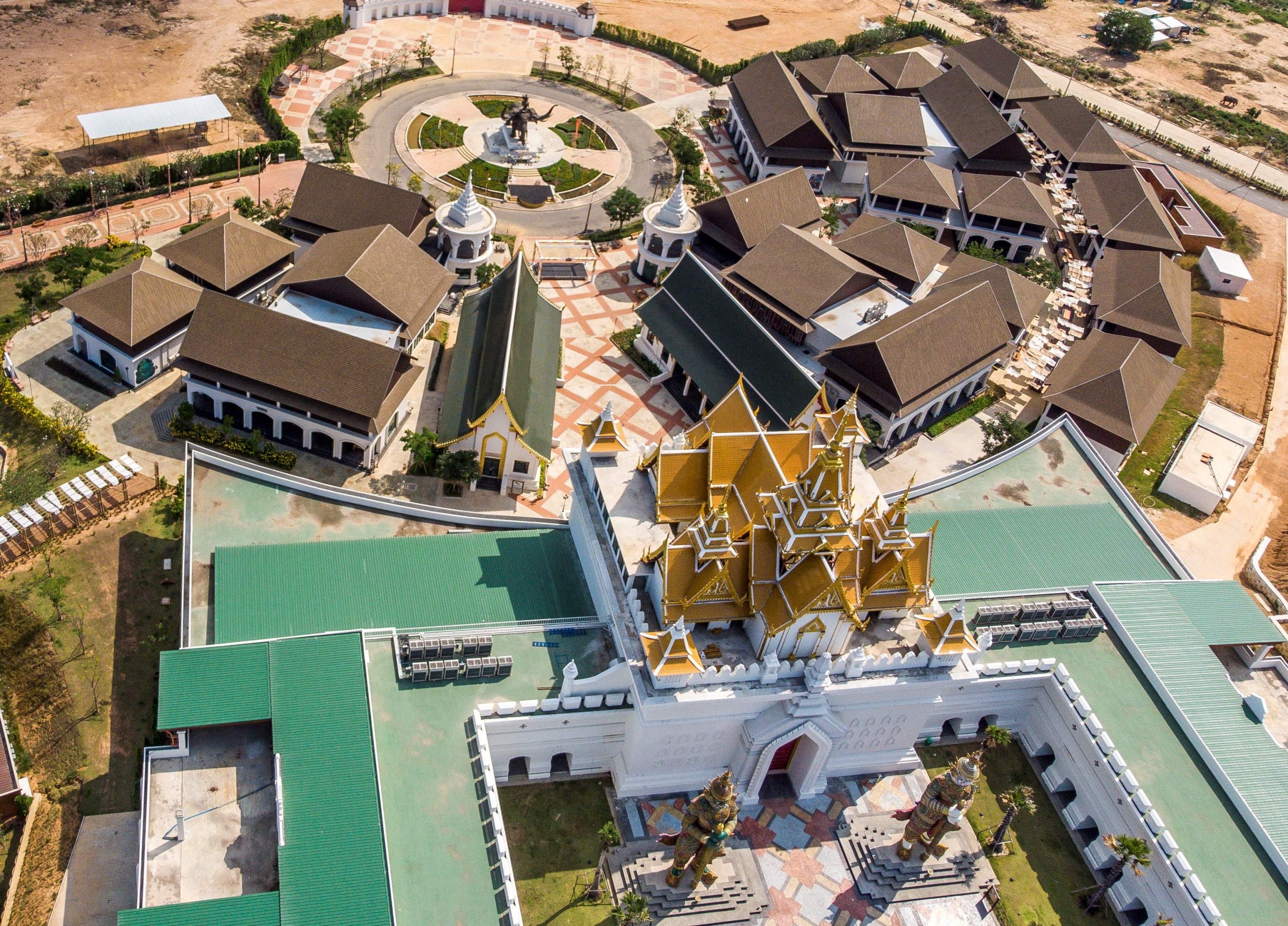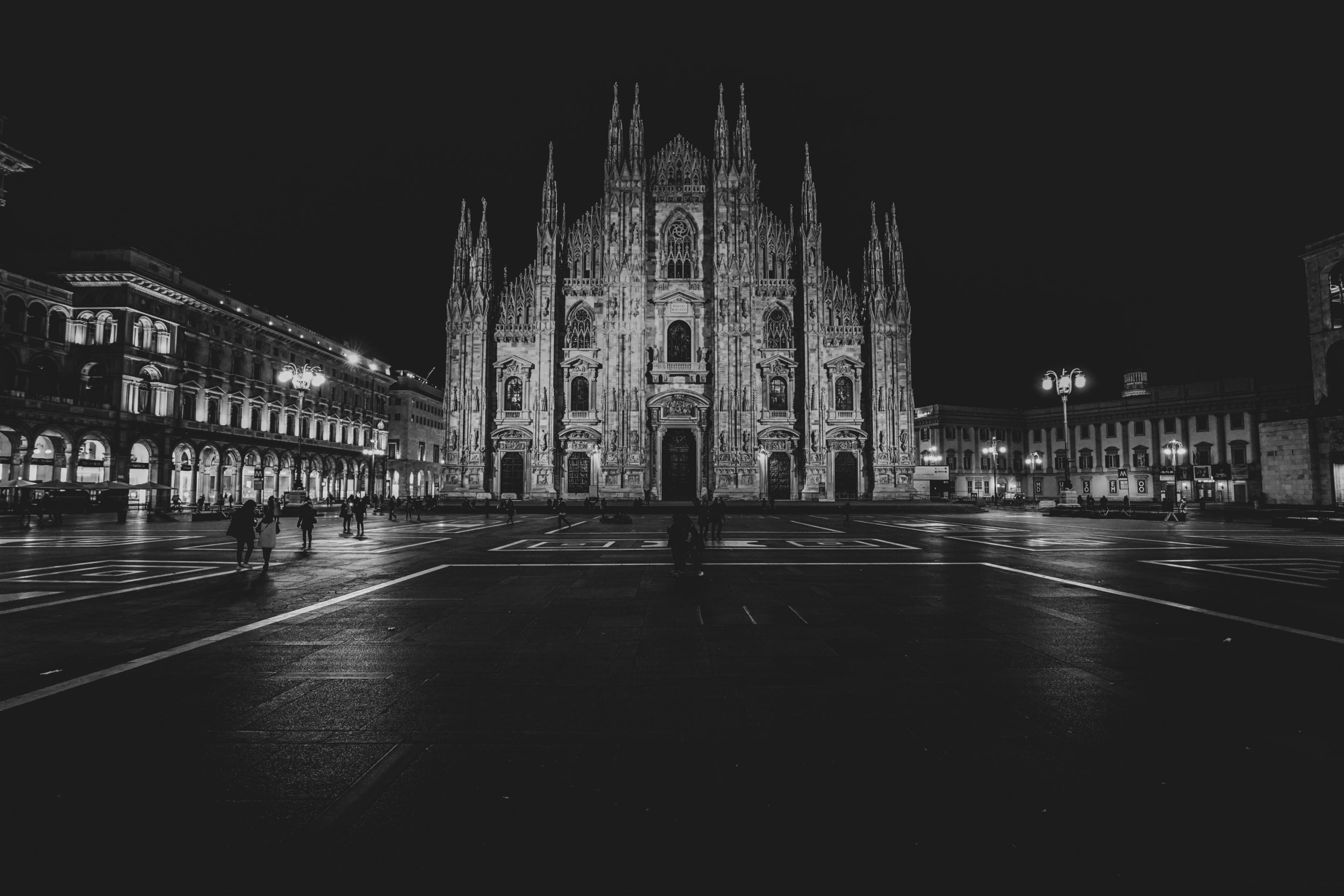More than 1,000 remain there as thousands more are released into impoverished Balochistan
Hannah Ellis-Petersen in Delhi and Shah Meer Baloch in Islamabad Thu 19 Mar 2020
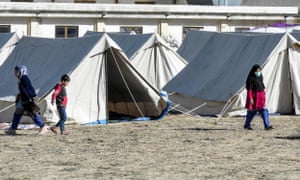
Pilgrims wearing face masks at the camp for people
returning from Iran via the border town of Taftan.
Photograph: Banaras Khan/AFP/Getty
It was the smell that was the worst. In this dusty camp on Pakistan’s border with Iran, which at one stage held more than 6,000 people, the stench of sweat, rubbish and human excrement hung in the air. There was no real housing, just five people to a ragged tent, and no bathrooms, towels or blankets.
The camp, in the town of Taftan in Balochistan province, was supposed to function as a sanitary quarantine location, preventing the spread of the coronavirus from Iran, which has had one of the worst outbreaks globally.
Instead, according to Mohammed Bakir, who was held there for two weeks, it was no more than “a prison … the dirtiest place I have ever stayed in my life”.
“These were the hardest days and nights of my life,” said Bakir. “We were treated like animals. There were no facilities but also no humanity and everything was in disarray. They were not prepared; there was nothing for us to sleep in except some dilapidated tents.”
Thousands of people have been kept in close quarters in hot, squalid conditions in Taftan, with not even basic precautionary measures to prevent the spread of the virus. According to doctors at the camp, even those who presented with symptoms were not tested or even isolated, and there was a severe shortage of doctors and nurses. There was such a lack of medical facilities, the few doctors on site took to paying for necessary medicines themselves. Things got so bad that protests broke out among those quarantined.
It was the smell that was the worst. In this dusty camp on Pakistan’s border with Iran, which at one stage held more than 6,000 people, the stench of sweat, rubbish and human excrement hung in the air. There was no real housing, just five people to a ragged tent, and no bathrooms, towels or blankets.
The camp, in the town of Taftan in Balochistan province, was supposed to function as a sanitary quarantine location, preventing the spread of the coronavirus from Iran, which has had one of the worst outbreaks globally.
Instead, according to Mohammed Bakir, who was held there for two weeks, it was no more than “a prison … the dirtiest place I have ever stayed in my life”.
“These were the hardest days and nights of my life,” said Bakir. “We were treated like animals. There were no facilities but also no humanity and everything was in disarray. They were not prepared; there was nothing for us to sleep in except some dilapidated tents.”
Thousands of people have been kept in close quarters in hot, squalid conditions in Taftan, with not even basic precautionary measures to prevent the spread of the virus. According to doctors at the camp, even those who presented with symptoms were not tested or even isolated, and there was a severe shortage of doctors and nurses. There was such a lack of medical facilities, the few doctors on site took to paying for necessary medicines themselves. Things got so bad that protests broke out among those quarantined.
“Neither the quarantining service nor the testing procedure was satisfactory at all,” said one doctor, who asked not to be named. “In the first 20 days, many people had symptoms, but there was no testing at all. We had no testing facilities for three weeks. One child was sent to [a] hospital in Quetta, and he tested positive. But there was no isolation or testing for anyone else.
“There were patients with diabetes, hepatitis and other diseases who were quarantined for 14 days without any proper medication. Their conditions were really bad there and they were treated like animals.”
The border between Pakistan and Iran is more than 600 miles and movement between the two countries is extremely common, especially among minority Shia Muslims in Pakistan who travel to Iran on religious pilgrimages. It is also a crucial trade route.
But over the past two weeks, it has become a hotbed of coronavirus, with infections going up by the dozen every day. There are 302 reported cases of coronavirus in Pakistan, the highest number of cases in south Asia .
“There were patients with diabetes, hepatitis and other diseases who were quarantined for 14 days without any proper medication. Their conditions were really bad there and they were treated like animals.”
The border between Pakistan and Iran is more than 600 miles and movement between the two countries is extremely common, especially among minority Shia Muslims in Pakistan who travel to Iran on religious pilgrimages. It is also a crucial trade route.
But over the past two weeks, it has become a hotbed of coronavirus, with infections going up by the dozen every day. There are 302 reported cases of coronavirus in Pakistan, the highest number of cases in south Asia .
near the border with Iran. Photograph: Naseer Ahmed/Reuters
Even though infections in Iran began to rise rapidly weeks ago, the Pakistan government only officially shut the border less than a week ago. And the border is still porous; on Tuesday night at least 100 pilgrims crossed from Iran into Balochistan, reportedly after bribing border guards.
Among those held in Taftan was Abid Hussain, who is from Nagar in Gilgit-Baltistan, and was quarantined for two weeks after returning from Iran. “It’s like I have been released from prison,” said Hussain. “They call it a quarantine but we didn’t get hand wash, face masks or any other sanitary facilities. The only check was that in the morning a doctor used to come round taking everyone’s temperature. That was it for 13 days. Everyone was desperate to leave.”
Many of those in Taftan have been released or transferred to other facilities, but 1,200 remain.
Hussain also described lax regulations on movement for those in the camp, with many going to shops in the town, walking around the vicinity and having regular social gatherings. No guidelines were issued for how those in quarantine could protect themselves from getting the disease, and there was no running water for people to wash their hands.
Hundreds of people supposedly under lockdown left the camp to shop at local markets and stores, buying food and returning to the camp without any checks.
“Around these fruit stalls it was more like a scene from a busy Friday bazaar which was run by people who should have been quarantine camp in lockdown,” said one eyewitness.
The situation was equally bad in the hospitals in Balochistan, the least developed and most impoverished province of Pakistan, which were tasked with dealing with the outbreak. A doctor at one hospital in Quetta claimed that medical staff had refused to treat or even examine a young girl with all the symptoms of coronavirus, whose father had recently returned from China for work. The girl reportedly died days later without being tested.
Pakistan’s mishandling of the coronavirus outbreak, said the doctor, was “depressing and disturbing”.
Pakistan has a notoriously poor track record for containing disease outbreaks and is one of only two countries in the world that have failed to eliminate polio. The government’s fear of a coronavirus outbreak meant it even refused to evacuate the 600 Pakistani students stranded in Wuhan province in China, where the pandemic began.
Even though infections in Iran began to rise rapidly weeks ago, the Pakistan government only officially shut the border less than a week ago. And the border is still porous; on Tuesday night at least 100 pilgrims crossed from Iran into Balochistan, reportedly after bribing border guards.
Among those held in Taftan was Abid Hussain, who is from Nagar in Gilgit-Baltistan, and was quarantined for two weeks after returning from Iran. “It’s like I have been released from prison,” said Hussain. “They call it a quarantine but we didn’t get hand wash, face masks or any other sanitary facilities. The only check was that in the morning a doctor used to come round taking everyone’s temperature. That was it for 13 days. Everyone was desperate to leave.”
Many of those in Taftan have been released or transferred to other facilities, but 1,200 remain.
Hussain also described lax regulations on movement for those in the camp, with many going to shops in the town, walking around the vicinity and having regular social gatherings. No guidelines were issued for how those in quarantine could protect themselves from getting the disease, and there was no running water for people to wash their hands.
Hundreds of people supposedly under lockdown left the camp to shop at local markets and stores, buying food and returning to the camp without any checks.
“Around these fruit stalls it was more like a scene from a busy Friday bazaar which was run by people who should have been quarantine camp in lockdown,” said one eyewitness.
The situation was equally bad in the hospitals in Balochistan, the least developed and most impoverished province of Pakistan, which were tasked with dealing with the outbreak. A doctor at one hospital in Quetta claimed that medical staff had refused to treat or even examine a young girl with all the symptoms of coronavirus, whose father had recently returned from China for work. The girl reportedly died days later without being tested.
Pakistan’s mishandling of the coronavirus outbreak, said the doctor, was “depressing and disturbing”.
Pakistan has a notoriously poor track record for containing disease outbreaks and is one of only two countries in the world that have failed to eliminate polio. The government’s fear of a coronavirus outbreak meant it even refused to evacuate the 600 Pakistani students stranded in Wuhan province in China, where the pandemic began.
